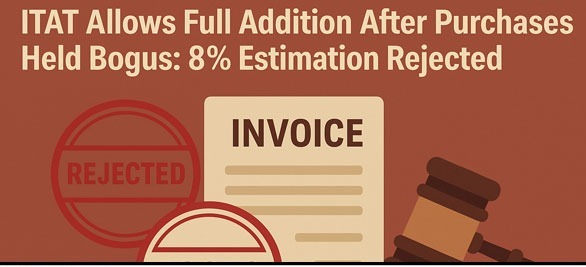1. The plaintiffs-respondents brought this suit for a declaration that a certain road was a village road for the URO of the public in general, and for an order directing the clearance of the obstruction of the road by removing from it the Namghar created by the defendants. The Court of first instance dismissed the suit on the finding that the road in question was a public read and that the plaintiffs had failed to prove any special damage which was necessary in order to give them a cause of action; on appeal the learned Judge has held that the plaintiffs have proved sufficient special damage to give them a right to sue, but has remanded the case for a re-hearing after adding certain other parties as defendants.
2. We think this appeal must succeed on the ground that the finding that the appellants had proved special damage cannot be sustained. The nature of the special damage which must be proved in order to give a private person the right to sue for the obstruction of a public road is discussed in the case of Satku v. Ibrahim Aga 2 B. 457 : 2 Ind. Jur. 828 : 1 Ind. Dec. (N.S.) 726 and various English authorities are there cited. The English Law as to the right of suit in cases of this sort has been adopted by the Indian Courts on several occasions and, as an instanaeof a case in which it has been followed in this Court, we may refer to the case of Mahomed, Alam v. Dilbar Khan 2 B. 457 : 2 Ind. Jur. 828 : 1 Ind. Dec. (N.S.) 726 In that Base the English case of Winterboilom v. Derby (Earl)(1867) 2 Ex. 316 : 33 L.J. 194 : 16 L.T. 771 : 16 W.R. 15 was followed. In that case the plaintiffs in an action for obstructing a public way proved no damage pencil to himself beyond being delayed on several occasions in passing along it and being obliged, in common with every one else who attempted to use it, either to pursue his journey by a less direct road or else to remove the obstruction. His action was held unmentionable. The learned District Judge in coming to the conclusion that special damage has been proved has found the following fact, that though persons Booming from the West would not have much further to go, those coming from the South would have, as it appears from the map, to go considerably further and have to turn three adorners instead of going in a practically straight line as before. He also adds, it has been stated, that as the new diversion is over loose soil it becomes very muddy in wet weather and is impassable for aortas. He does not state whether he adopts this evidence but his judgment implies that he does do so. Now, it is evident that the mere fact that the plaintiffs would have to go a longer way round, or that the road would be impassable for aortas, is not a rending that the plaintiffs would suffer injury or damage peculiar to themselves in any way different from the damage that would be suffered by other people who had hitherto used this road. The object of the rule requiring proof of special damage is that, but for thus a "rule, the defendants might be harassed by separate suits from every individual member of the publish whose; right of way has been obstructed, Special damage does not mean serious damage, but. means damage of a special nature, that is, damage affecting the plaintiff individually or damage peculiar to himself, his trade or cailing.The only special damage alleged in the plaint is in the following terms: "The plaintiff No. 1 has a bullock oar. The plaintiff No. 1 lets the said oat on hire and he goes to Nadia and other villages through the said road on his own business and brings bamboo, straw, elk. As the plaintiffs are inaonvienoed to use this made and ply carts, they have been put to loss and the plaintiffs have sustained special damage." There is certainly no finding that the plaintiffs have been put to any loss, and we are told that there is no evidence given to this effect. Without proof that any loss has been suffered the inconvience alleged in using the road to ply cartes would not be special damage in order to give a cause of action of this sort.
3. We must, therefore, hold that the plaintiffs having failed to establish their abuse of Action, there is no ground for remanding vibe suit, and their suit must be dismissed,We aoeordingly decree this appeal and set aside the decree of the lower Court and restore the decree of the Music. The appellants will get their costs in this and in the lower Appellate Court, We assess the hearing fee in this Court at two gold mohurs.
4. The cross objection is not pressed and is dismissed.

